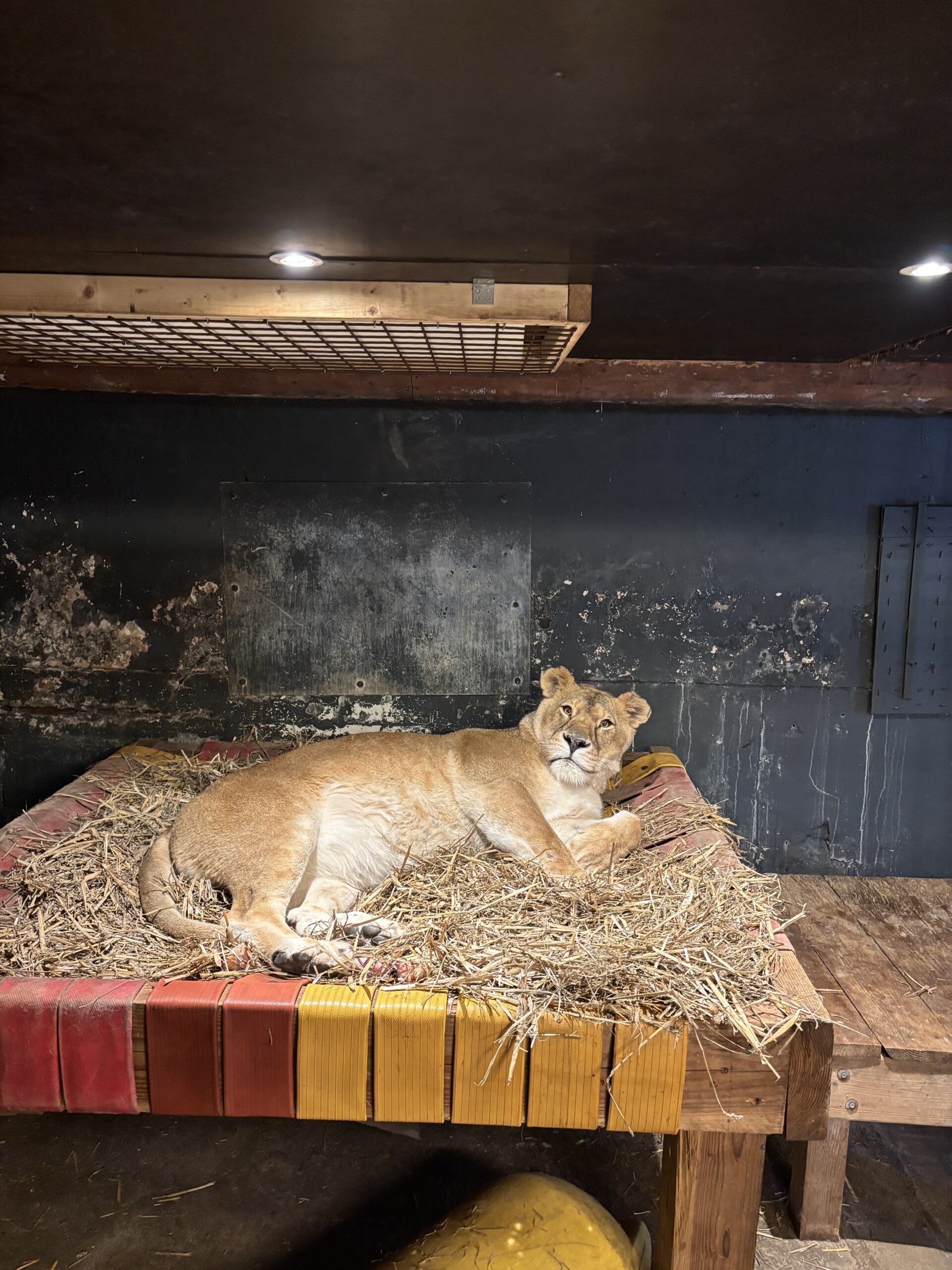Background
Pheromones can be defined as chemical substances that are secreted by animals in urine, feces or by cutaneous glands and then deposited in the organism’s surroundings. When a pheromone is secreted by an individual and received by a second individual of the same species the reaction of the receiving individual can be a specific behavior or a physiological response.
The putative F3p pheromone is an enhanced form of the feline facial pheromone that has been developed and is sold as a commercial product to work as a tool to reduce unwanted (e.g., urine marking, scratching) and abnormal (e.g., excessive grooming) behavior in cats and to improve animal welfare. However, putative pheromone products have predominantly been studied in domesticated cats and dogs.The difference in the number of studies found on domestic cats compared to studies done on big cats is rather large, with studies done on domestic cats being more common. Furthermore, the outcomes of mentioned studies vary, leaving a big uncertainty about the effect that putative pheromones may have on behaviors. For this reason, more studies are needed to understand the general effects of such pheromones.
As a result of veterinary care, the provision of food and the protection from predators, animals in captivity are generally healthier, live longer and show higher fertility compared to conspecifics in the wild. However, captivity is far from their life in the wild and for some species, captivity and poor welfare can therefore instigate abnormal stereotypic behaviors. Stereotypic behaviors can be defined as repetitive, invariant behavior patterns with no obvious goal or function. These behaviors have only been observed in captive animals and are good indicators of past or present animal welfare problems and stress, as a result of physical or mental discomfort. In big cats, the most commonly observed stereotypic behaviors include fur-plucking, head-rolling, pacing, self-biting and self-mutilation. One tool that has not been used as frequently for big cats to deal with stereotypic behaviors, is the stimulation of the limbic system with the use of a putative pheromone through the olfactory system.
Aims
- This study aimed to assess the effect of the putative F3p pheromone on behaviors of four captive big cats, and
- If the putative F3p pheromone has an effect on the behavior of big cats, namely in reducing stereotypic behaviors, when animals transition from an old enclosure to a new one.
